Off-site construction continues to show steady growth across the globe. Already well-established in North America, Europe, Japan, Australia, New Zealand, and Malaysia, the sector’s most prominent emerging markets are China and India.
What is Off-Site Construction?
Let’s begin with the basics: off-site construction (often called prefabrication or off-site manufacture) typically refers to planning, designing, fabricating, transporting, and assembling building elements for a construction process. The fundamental concept is that the early phases of the process are carried out at a different location from where items will be finally installed.
You know how Walgreen’s and CVS’s seem to pop-up out of nowhere? Off-site construction. Basically, they haul pre-fabricated pieces of a building and assemble them on site, like a jigsaw puzzle.
Benefits of Off-Site Construction
Offsite construction is now most commonly chosen over traditional construction. Here are the reasons why:
- Speed: As the planning, designing, and fabricating phases are completed in the shops, the on-site time required for working on-site is significantly less. This is a proven benefit if we talk about schools or hospitals, where the disruption needs to be minimized. Also, work in the shops can be set up to start in parallel as the site is being prepared, so the two processes can take place at the same time, resulting in an accelerated build programme.
- Efficiency and predictability: It goes hand in hand with the previous item. Compared to traditional construction, in off-site construction, the process is the same every time. Work can be delivered on time and to the highest quality, as conditions such as bad weather do not hold the project.
- Sustainability: The off-site construction process is ahead of the game in this area. It requires less heavy machinery and less energy. The knock on effect is a cut in waste, as material requirements can be more precisely estimated, allowing the construction managers to make savings by buying in bulk. The impact of construction activities on-site, such as noise, vehicle movements, and ground disturbance are dramatically mitigated.
- Safety and working conditions: The factory, where the variables of weather and visibility are eliminated, is a more predictable setting than the physical construction site, so transferring work off-site into a controlled environment improves safety.
When Is It Advisable to Consider an Off-Site Construction?
Based on our experience, off-site construction should be considered in cases when:
- Construction time has to be shortened by at least 30 percent.
- Time-to-market needs to be improved.
- Safer working environment and rigorous controls have to be put in place.
- Handling costs need to be reduced.
- The impact on the local area has to be significantly lessened regarding traffic, noise, and period of work on-site.
- There is a need for certainty on delivery and timelines.
Off-site construction offers a lot of considerable benefits, but it may not always be the right call. Contact us and together we can determine if off-site construction is the right choice for your project.
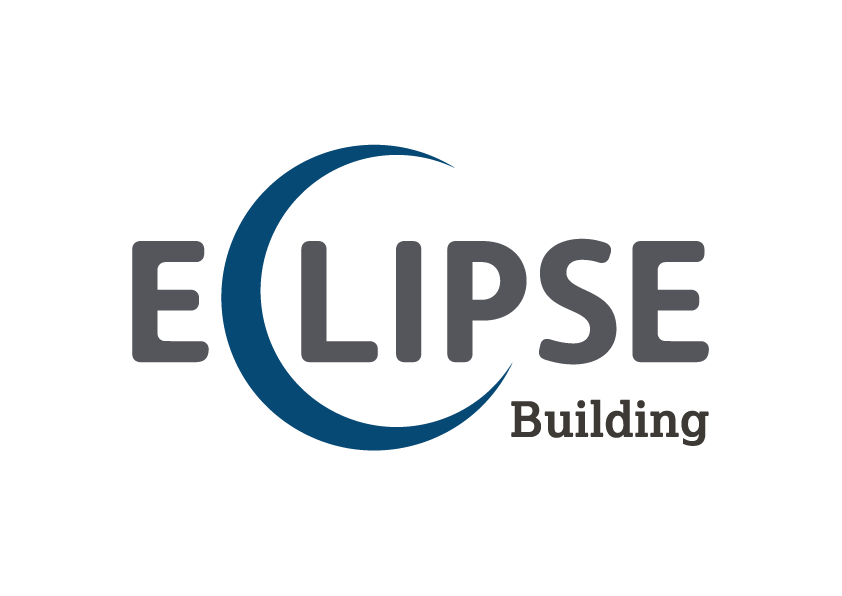
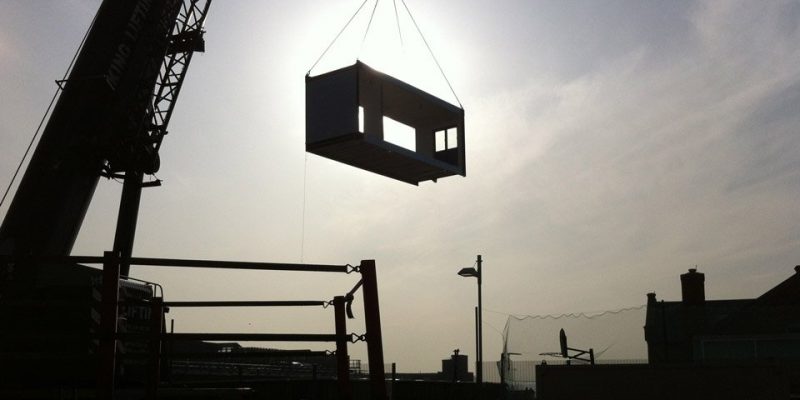
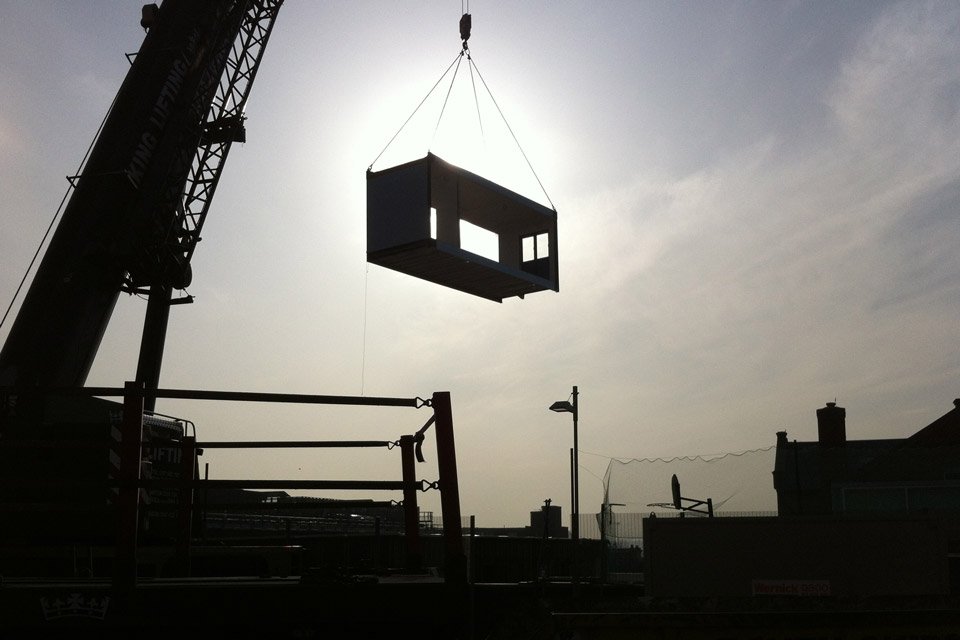
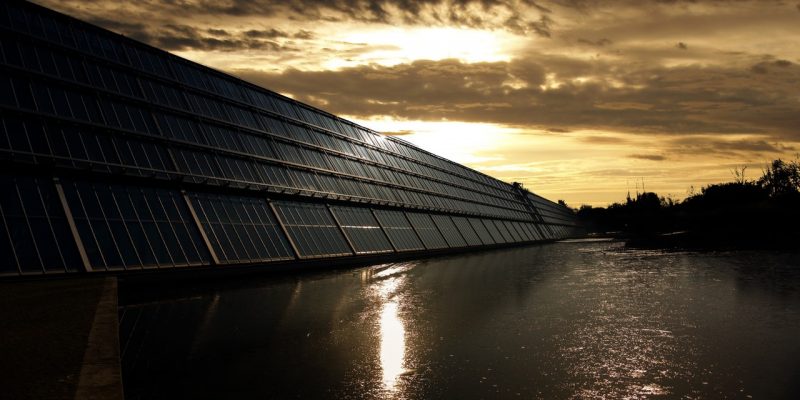
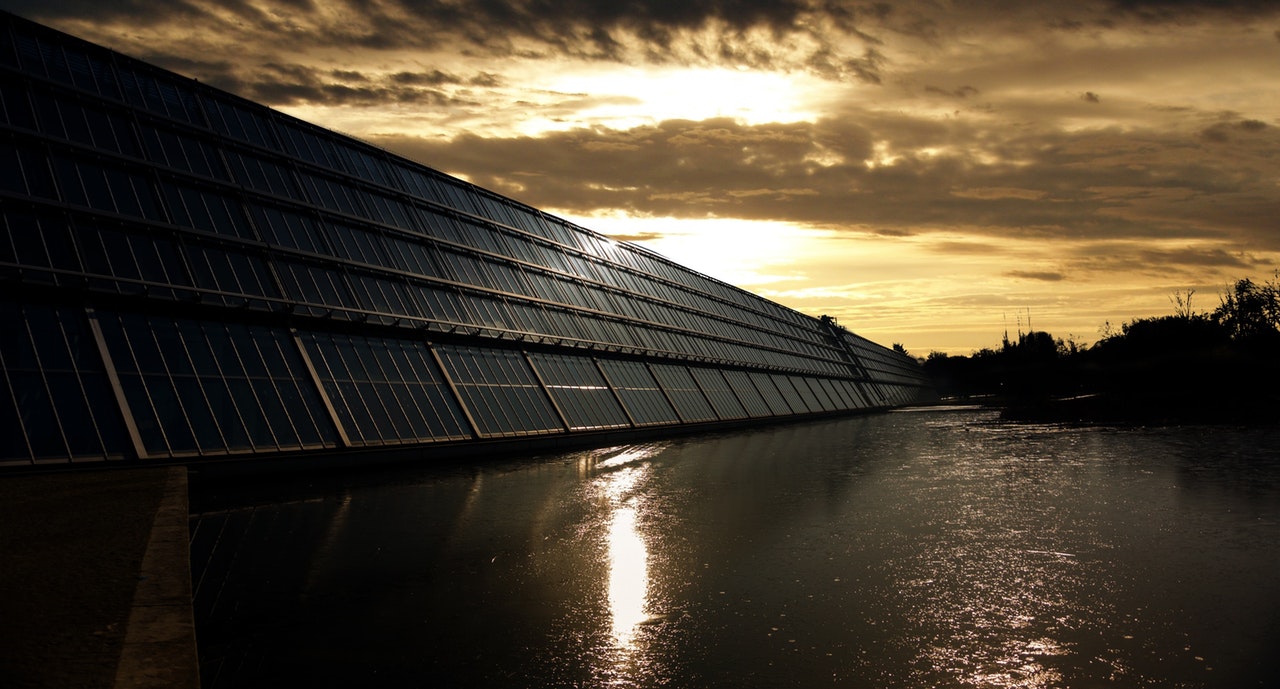
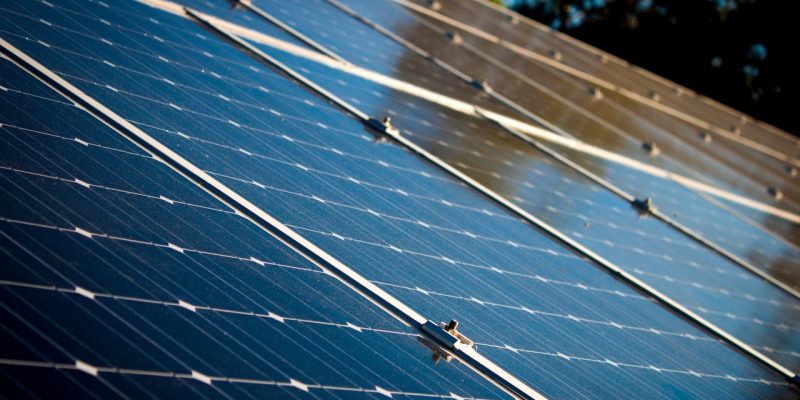



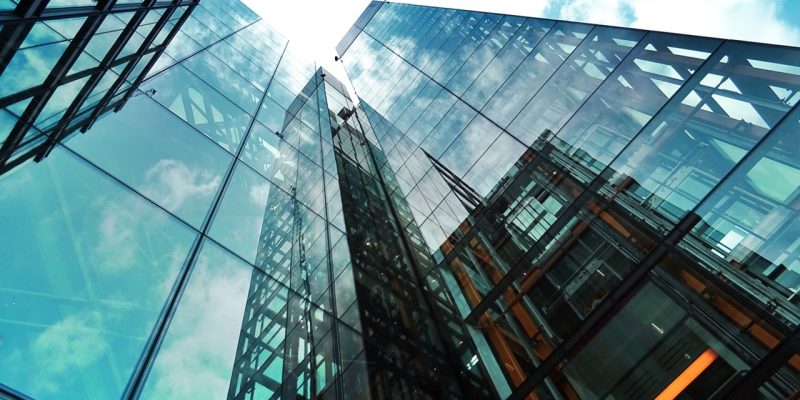
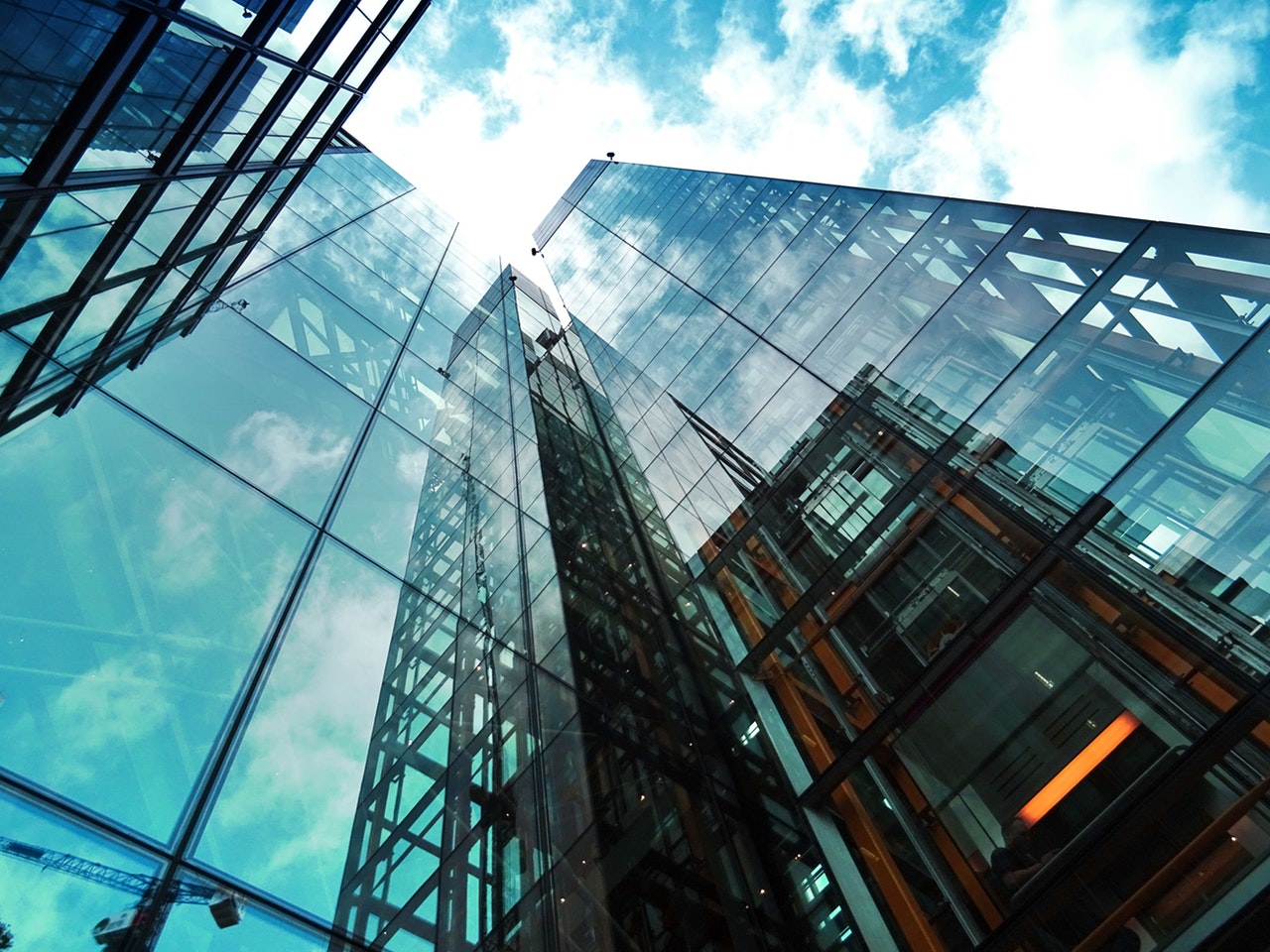




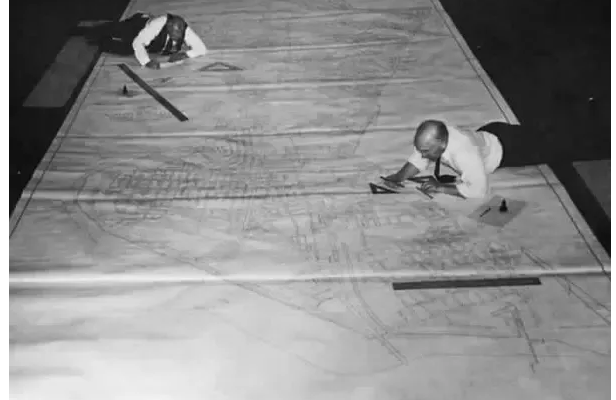
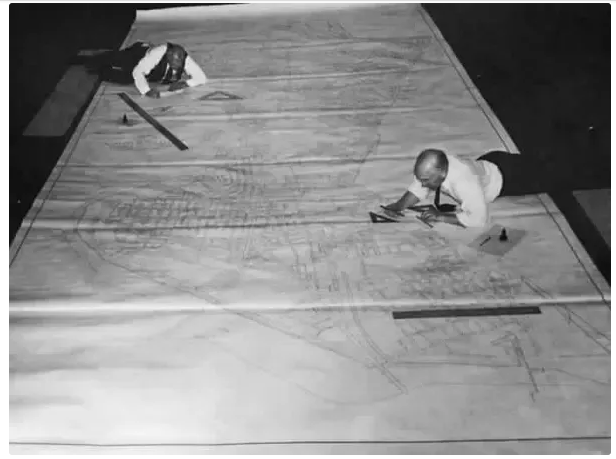



 As
As